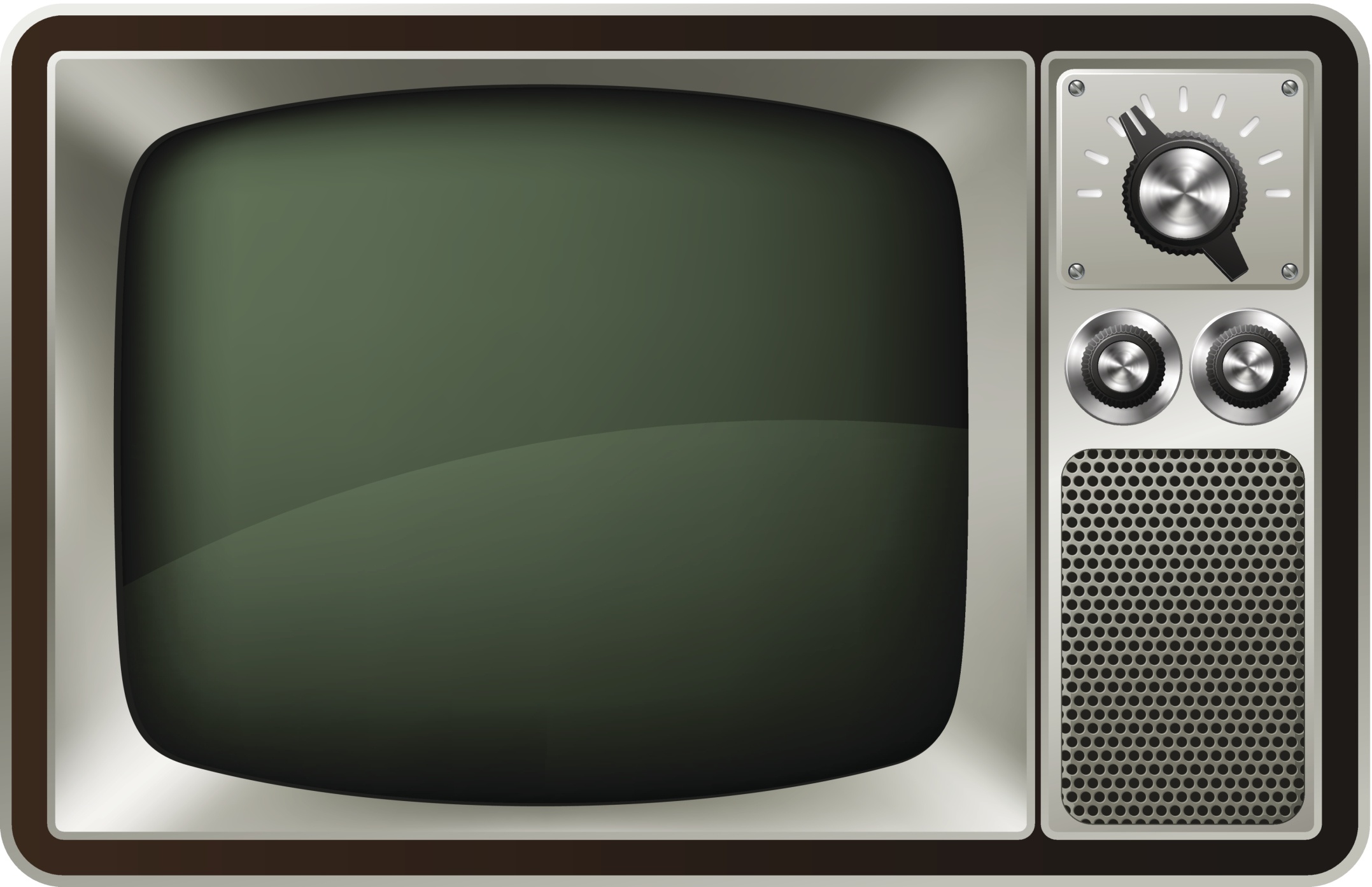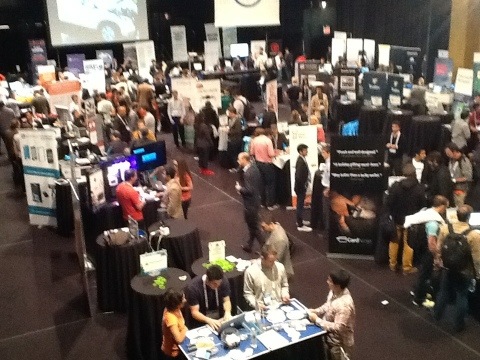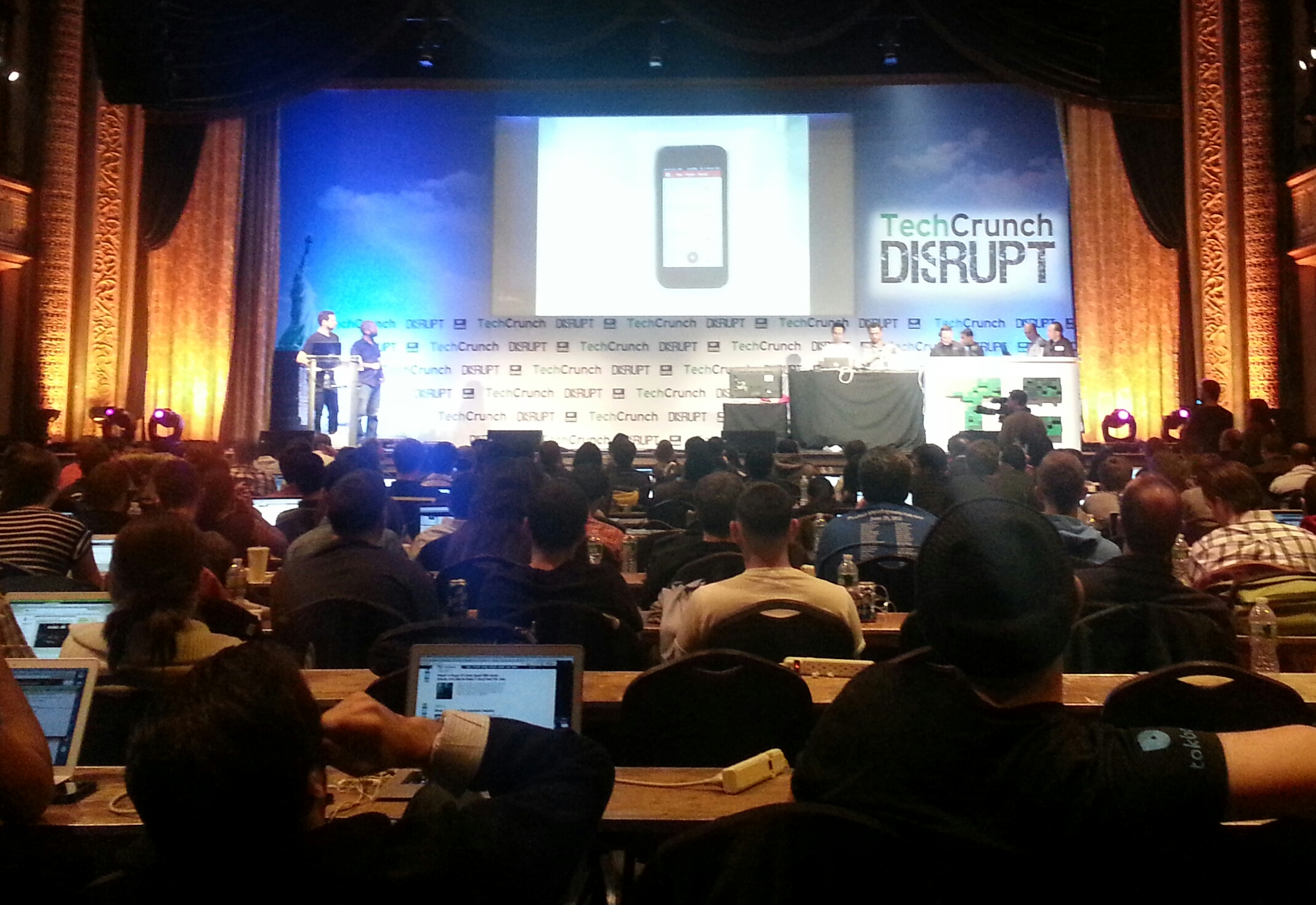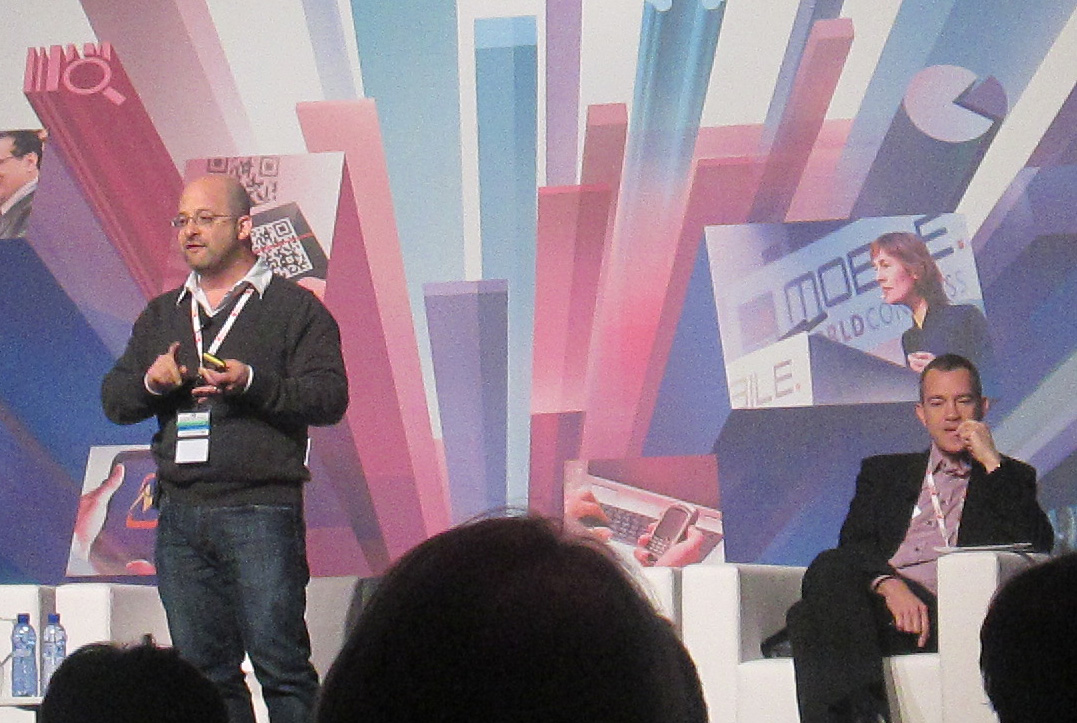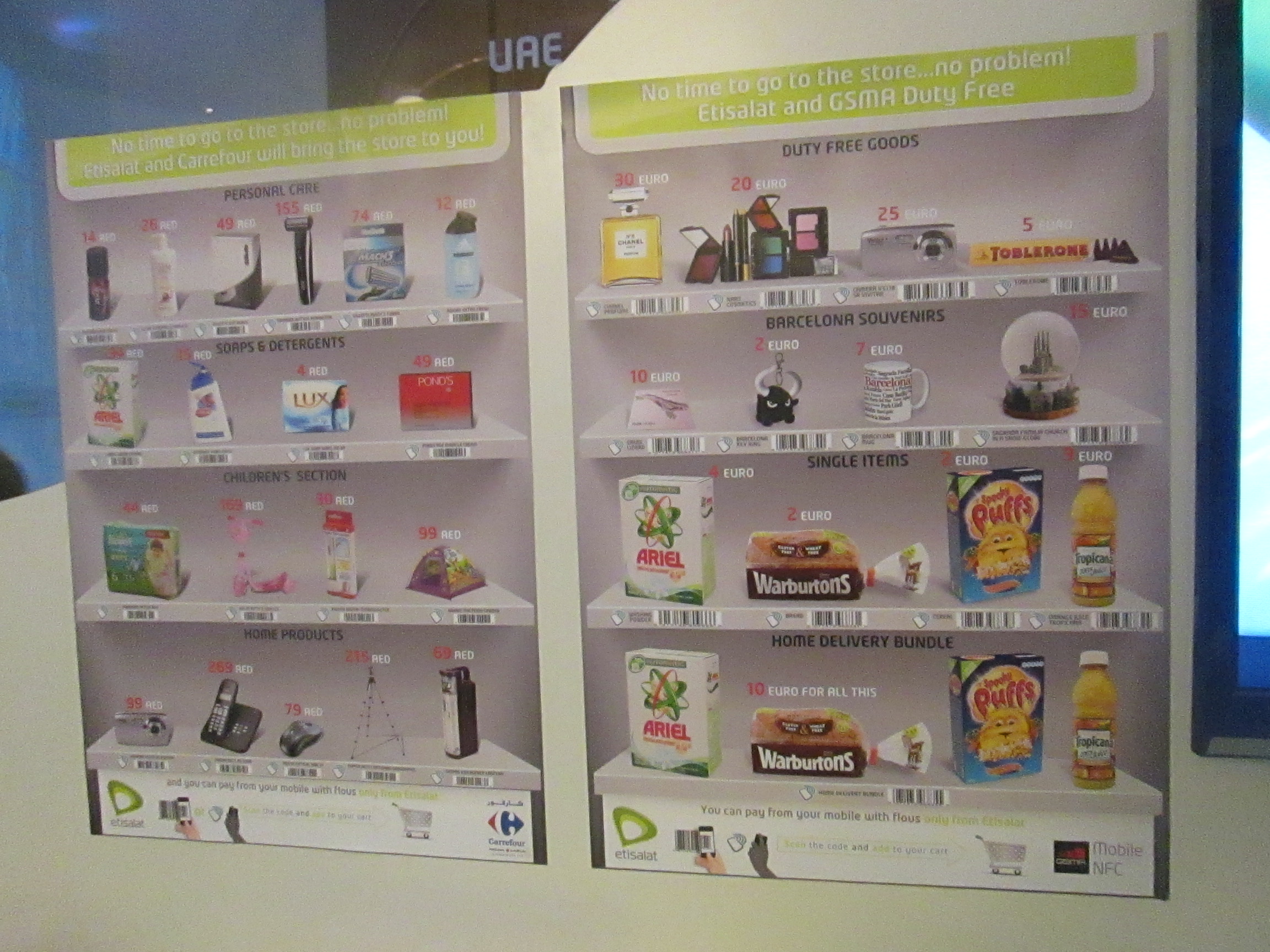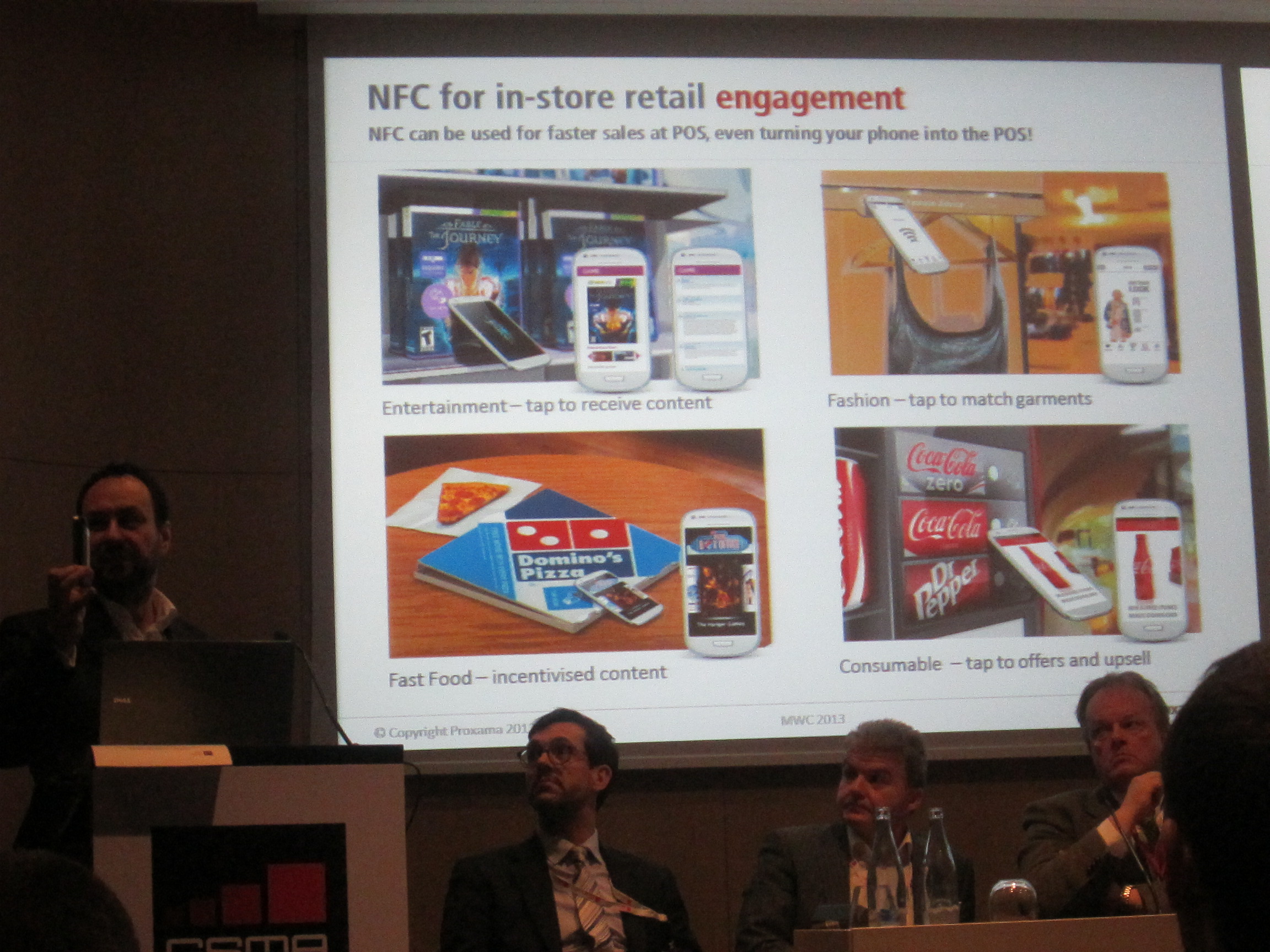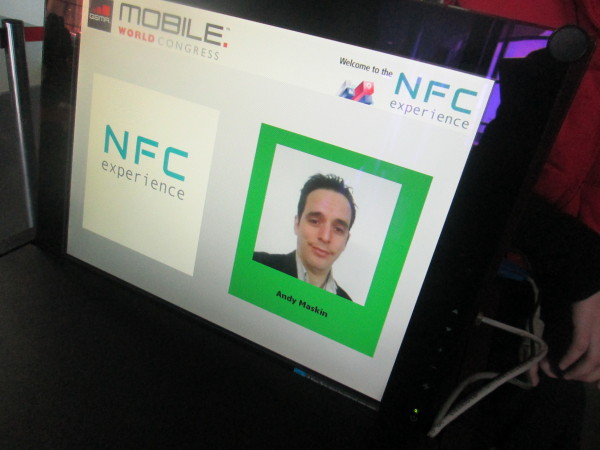In the on-demand, programmatically-bought future, fitting content into numbered slots will seem antiquated and superfluous. Our great-grandchildren will hardly believed we ever did things this way.
When I was a kid, we had a small black & white TV with a dial. We had our choice of channels 2 -13, plus another knob for the vast UHF wasteland. No offense, Weird Al.
Television was presented to us as an ordered list, because that was how it was broadcast. Since each TV station needed to broadcast on a different frequency, they were assigned orderly little slots. Since geographically adjacent markets needed to alternate which slots they used, and TV-makers didn’t want to manufacture new knobs for each market, the slots were assigned numbers and the numbers were put on the knobs in sequence. Channel 4 broadcast at a slightly higher frequency than Channel 3, but a lower frequency than Channel 5.
Then along came cable TV. Cable inherited this legacy even though it was not bound by broadcast frequencies. Consumers needed to know that if they subscribed to cable, they would still get “Channel 2” and “Channel 7”; plus they get new cable networks, which get their own arbitrary numbers. Why train people on a whole new system, right? Cable is just like “regular” TV, except with lots more of it. Also, it’s easier to show a number on the front of the cable box than the name of the channel. So the numbering model was still useful. Also cable companies could use “low” numbers as negotiating leverage with networks.
This model doesn’t hold for newer forms of content. The Huffington Post isn’t “Website number 802.” Of course it isn’t, trying to number websites would be superfluous and silly. You don’t have to navigate up and down through a list of websites, you just type in what you want based on its descriptive name and go there. Your only hurdle perhaps is remembering which vowels to leave out of the domain name.
A slow revolution of sorts is beginning to take hold that will finally challenge the numbered-TV model. You may have heard this referred to as “cord-cutting” or as the adoption of “over-the-top” entertainment options. This trend doesn’t just mean people cancelling cable and watching Netflix instead. It challenges the 70-year old definition of what a “network” is and the 7-year old definition of what an “app” is (vis a vis entertainment).
Right now, we have cable networks with linear programming, and we have apps with supplementary content about those cable networks. The logical conclusion of the current trends is that the two merge; the linear TV broadcast of live events plus on-demand shows all live within an app that is ad supported (e.g. Hulu), subscription based (e.g. something like HBO Go or Netflix), or some sort of hybrid. Imagine a world where you subscribe to “cable”, but instead of 500 numbered channels, you get access to 500 apps. Each app then has the “TV network” as you used to know it embedded within, plus supplementary functionality. So your ESPN app includes live coverage plus a widget showing scores, and your History Channel app shows an interactive map with the best routes for ice road trucking along with the show of the same name.
You don’t necessarily lose the ability to bundle content the way cable does currently. For instance, a parent company with many cable networks could bundle them together into one subscription app, effectively becoming a mini-cable company unto itself. A user could then rebuild an approximation of current-day cable service by subscribing to some of these bundles. The idea of assigning numbers to these apps at that point would seem completely ridiculous. As content providers shift to this model, so begins the decline of the channel number. The last vestige will be over-the-air broadcasts; but even then any remotely modern digital tuner can list channels by name rather than number with a simple firmware upgrade.
And what would that then mean for advertising? Well it’s a whole new world entirely. The 30 & 60 second spot formats will erode in favor of a new set of standards for video and interactive ads. These new standard units will be distributed across a vast sea of platforms, apps and experiences in real time based on programmatic algorithms. In parallel there will be enormous opportunities for specialized sponsorships, apps, games and experiences that can rise above the clutter and integrate themselves with audiences’ lives. If you need help imagining what this future will be like, just take a look at where digital display advertising has been headed.
We’re already reading about Apple skipping the cable companies and going directly to content providers for their long-awaited TV offering. Netflix original programming is another example of what this future may look like (albeit without ads). The more Netflix produces original programming, the more they begin to resemble what we currently think of as a TV network. Except they never had a channel number, and never needed one, and never will.
